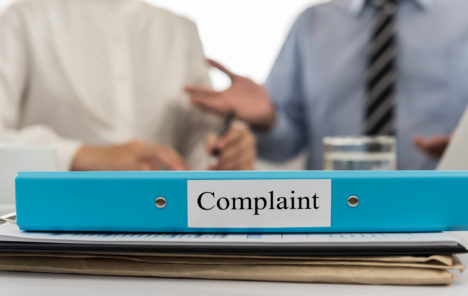Isentia’s cybersecurity response is simply not good enough
Should the response to a cybersecurity threat have been better, especially from a business in the media and communications industry? Isentia customer and Pure Public Relations’ managing director, Phoebe Netto, thinks so.
Last week, media-monitoring company Isentia faced a cyber attack on its Mediaportal and Slice services. Mediaportal and Slice are used by customers to see which media are reporting on them or their clients, and the issues of interest to them.

Isentia’s handling of the cybersecurity attack on Mediaportal and Slice has come under fire from customers
Isentia entered a trading halt following the incident, which has immediately impacted the company’s net profit before tax to the tune of $7 million – $8.5 million.

